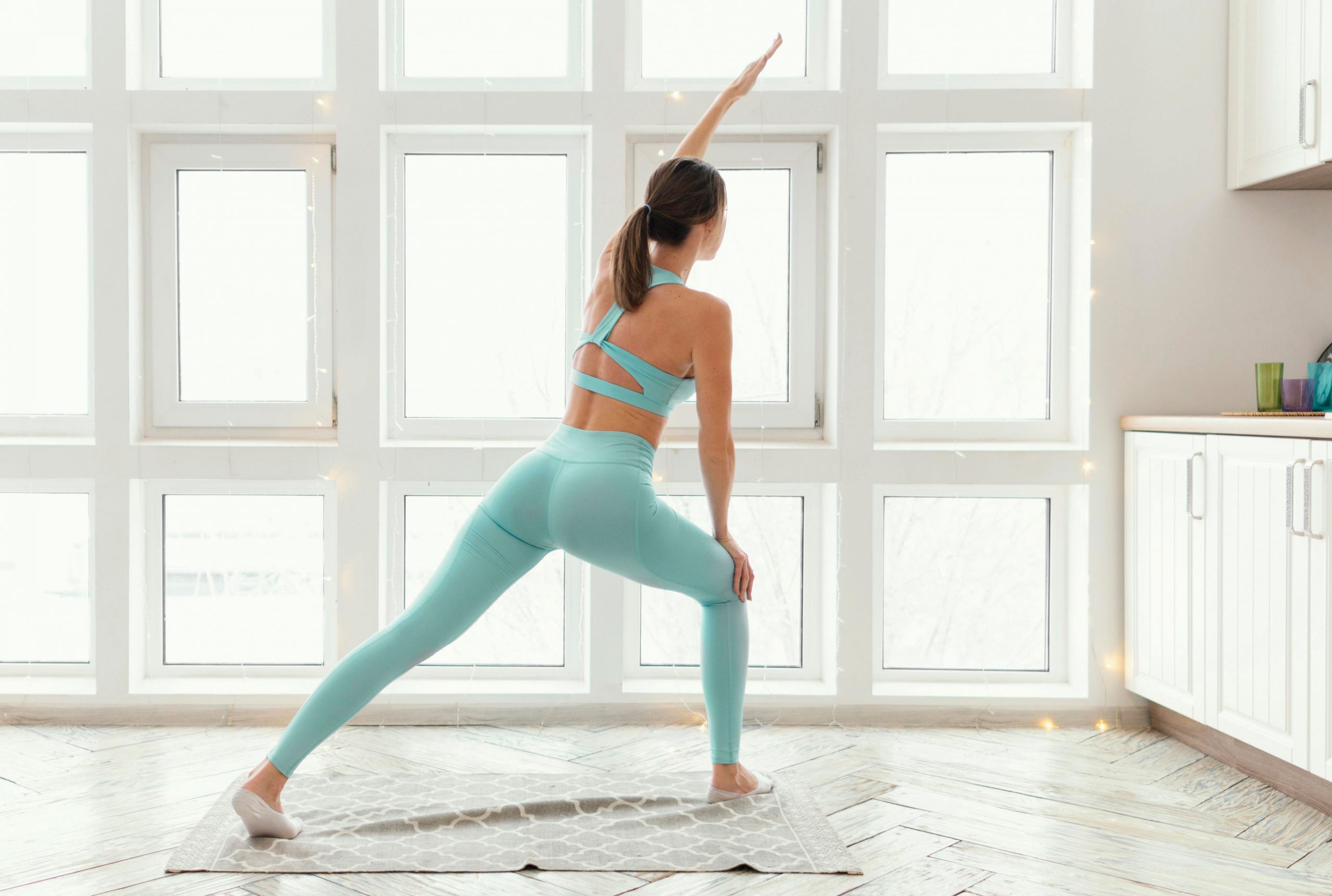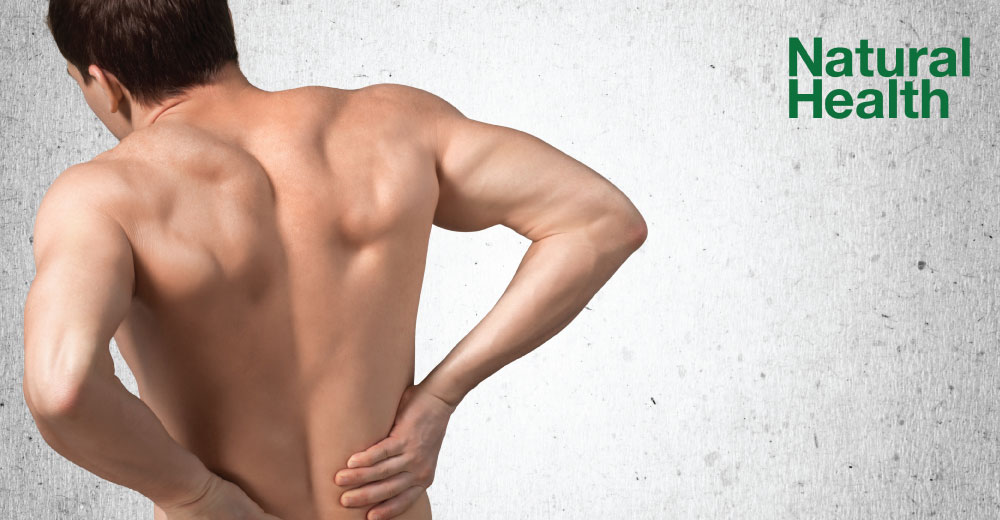In severe cases of scoliosis, surgery may be the only way to prevent the patient’s spinal curvature from getting worse. Spinal fusion surgery, while generally effective, is a major operation from which it typically takes months to fully recover. Here is some advice for those who are about to undergo this surgery. After day one of surgery, try walking slowly with or without walking aids, wear a rigid back brace while walking and try to walk frequently as it helps with post-surgery healing.
Now, for the smaller details. If you are a caregiver of a child who has just had this surgery, here are some rehabilitation steps you can do at home:-
Let’s do breathing exercises!
After spinal surgery, your breathing is usually slower. The breaths you take now aren’t as deep as your normal breaths, risking complications such as pneumonia. Note that breathing exercises can improve your breathing pattern.
First sit in a comfortable position or lie flat on your bed. Relax your shoulders. Put one hand on your chest and the other on your stomach. Breathe in through your nose, making your stomach expand. Make sure your stomach is moving outward while your chest remains relatively still. Purse your lips, press gently on your stomach, and exhale slowly through your mouth.
Watch your sleeping positions
To sleep on your back, try elevating your upper back, shoulder, and head with supportive pillows. Also, placing a pillow or rolled-up blanket under your knees will help relieve pressure after the back surgery. Try keeping your arms on your sides. Placing them under or over your head may seem like a comfortable position but it adds additional pressure to your back and shoulders. If you prefer to sleep on your left or right side, it is recommended to change sides ever so often to enhance your spine’s alignment.

Exercising in bed
Yes, it’s possible and it is effective! For post-spinal surgery patients, these moves will get your blood flowing even while you are recuperating in bed.
● Ankle pumps
Move your ankles up and down, clockwise and anticlockwise for 30 repetitions in each direction. This will help to improve blood flow and prevent your legs from swelling.
● Heel slides
Lying on your back, bend one knee slowly to your chest as much as you can and then straighten it back to its original position. Alternate sides.
● Free movements for upper limb
Move your shoulder up and down, side raise, bend your elbow and straighten back, and move your wrist and fingers to prevent limitation in movements.
● Pelvic tilt
Lie on your back with knees bent and hands resting
below the ribs. Tighten abdominal muscles to squeeze ribs downwards and towards the back. Be sure not to hold your breath.
● Straight Leg Rais
Lie on your back with one leg straight and one knee bent. Tighten abdominal muscles to stabilise your l ower back. Slowly lift your leg straight up about six to 12 inches and hold for one to five seconds. Lower leg slowly. Repeat 10 times.
Don’t bend, lift or twist
Never bend your back. If need be, you can bend from the knees and hips but not from your back. For the first two weeks after surgery, avoid lifting anything heavier than 2kg (check with your doctor as this number may differ from patient to patient). Some common household items can also pose weight risks like a full laundry basket, vacuum cleaner, or even a 2-litre bottle of milk. One more thing that you should not do is to twist your spine. Sometimes we don’t even realise it but simple tasks such as reaching for something behind you require a twist of the spine. That motion will have to be restricted during recovery.

Three months after surgery
You should be able to carry out these exercises by now. If in doubt, check with your medical professional.
● Wall squats
While leaning on the wall, slowly lower your buttocks until thighs are parallel. Tighten thigh muscles and return. Repeat 10 times and hold for 10 seconds each time.
● Pelvic bridging
Lay down on the floor and slowly raise your buttocks
off the floor while keeping your stomach tight. Slowly release your back to the floor. Repeat 10 times and hold for 10 seconds each time.
● Superman
Kneel on all fours. Tighten the stomach and raise the right leg and opposite arm to a 180-degree position. Keep your trunk rigid.
● Piriformis stretches
Cross your right leg on top of your left. Gently pull
the other knee toward the chest until you feel a stretch in the buttock area.
● Single knee to chest
Lie down on your back. Bend one knee upwards and then pull it towards your chest. Alternate sides. Use hands only to support this position.
● Hamstring stretches
Supporting the right thigh behind the knee, slowly straighten your knees until a stretch is felt in the back of the thigh.
● Calf stretch
Stand with the right foot back with your leg straight. Forward leg bent and keeping heel on floor. Lean into the wall until a stretch is felt in the calf.
● Quadriceps stretch
Kneeling on the right knee, slowly push the pelvis down while slightly arching the back until a stretch is felt on the front of the hip.

Getting out of bed safely
When lying on your back, never lift your head and upper back to sit up or get out of bed. Keep your arms to your sides. First bend your knees. Pull your abdomen in and breathe as you roll onto your side keeping your knees, hips and shoulders moving as one unit. Keep your abdomen pulled in and use your hand and elbow to raise your upper body as you carefully place your legs over the side of the bed in one motion. Sit on the edge of the bed for a moment or two before you stand up to avoid blood rushing to your head and making you feel giddy.
Tips to lifting safely
● Keep a wide base of support.
● Squat down, bending at the hips and knees only. If needed, put one knee to the floor and your other knee in front of you, bent at a right angle (half kneeling).
● Keep good posture. Look straight ahead, and keep your back straight, your chest out, and your shoulders back.
● Slowly lift by straightening your hips and knees (not your back). Keep your back straight, and don’t twist as you lift.
● Hold the load as close to your body as possible, at the level of your belly button.
● Use your feet to change direction, taking small steps.
● Lead with your hips as you change direction. Keep your shoulders in line with your hips as you move.
● Set down your load carefully, squatting with the knees and hips only.
 Kalaimanan Tarmalinggam,
Kalaimanan Tarmalinggam,
Physiotherapist,
Columbia Asia Hospital – Klang


